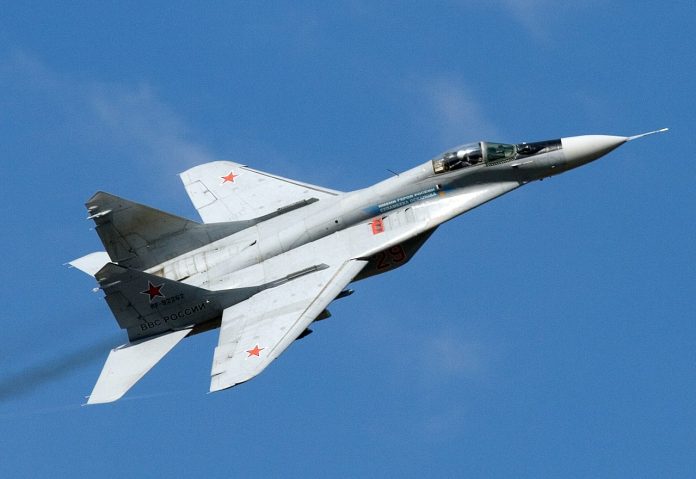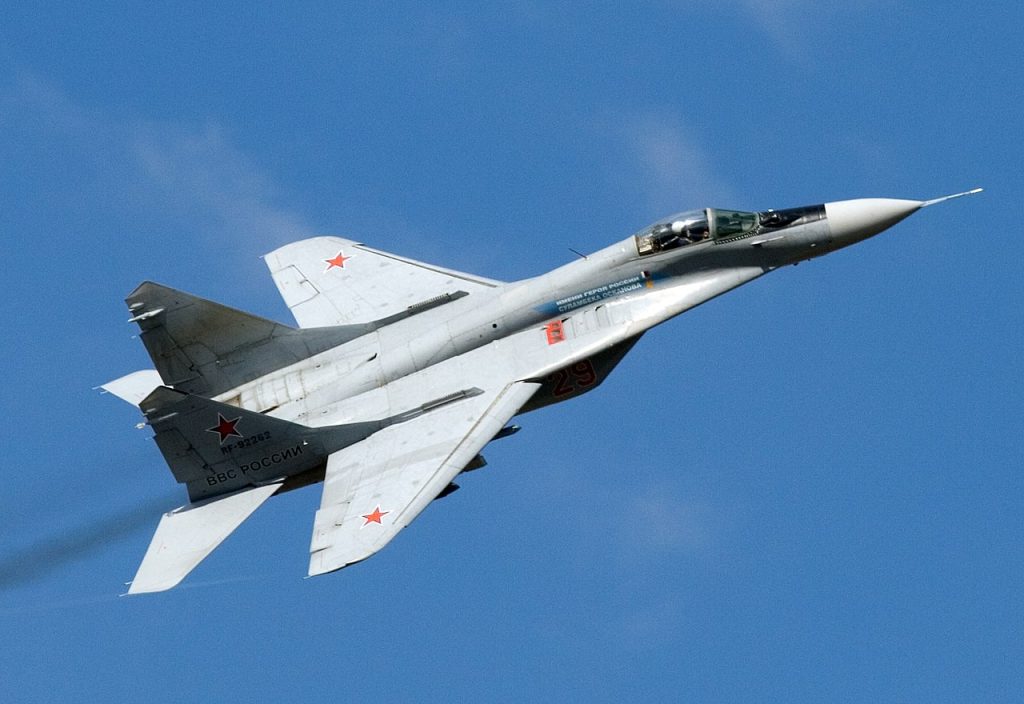
In the waning years of the Cold War, a single flight across the Black Sea shook the foundations of Soviet secrecy. In May 1989, Captain Aleksandr Zuyev, a decorated Soviet Air Force pilot, defected to Turkey in a fully armed MiG-29 Fulcruma fighter capable of speeds over Mach 2.3. This was not merely an escape; it was an intelligence coup that Western analysts had dreamed of for years. The defection provided NATO with unprecedented access to both a frontline Soviet fighter and the mind of a trained pilot. What followed was a meticulous debriefing that influenced Western aircraft design, reshaped air combat tactics, and exposed cracks in Soviet military culture. Here are nine key insights from this extraordinary episode, each revealing how one man’s flight altered the balance of aerial warfare.

1. The Elaborate Escape Plan
Stationed at Gudauta Air Base in Soviet Georgia, Zuyev engineered an escape worthy of a spy thriller. He incapacitated fellow pilots with sedative-laced cake, shot a guard who tried to intervene, and commandeered a MiG-29. On May 20, 1989, he flew roughly 110 miles to Trabzon, Turkey, landing with a gunshot wound to his shoulder. Witnesses recall his first words: “Finally, I – am American!” as reported by the Los Angeles Times. The MiG-29 arrived damaged, with a cloth cover still hanging from its fuselage, underscoring the urgency of his departure.

2. NATO’s First Close Look at a Frontline MiG-29
Before Zuyev’s flight, Western intelligence had only piecemeal knowledge of the Fulcrumsatellite images, export variants, and partial components. His defection allowed U.S. and NATO experts to examine a complete operational MiG-29, from avionics and radar to weapons integration. Even though Turkey returned the jet to the USSR within days, the brief inspection yielded critical data on its pulse-Doppler radar, infrared search-and-track (IRST) system, and helmet-mounted sighttechnologies that shaped NATO’s countermeasures.
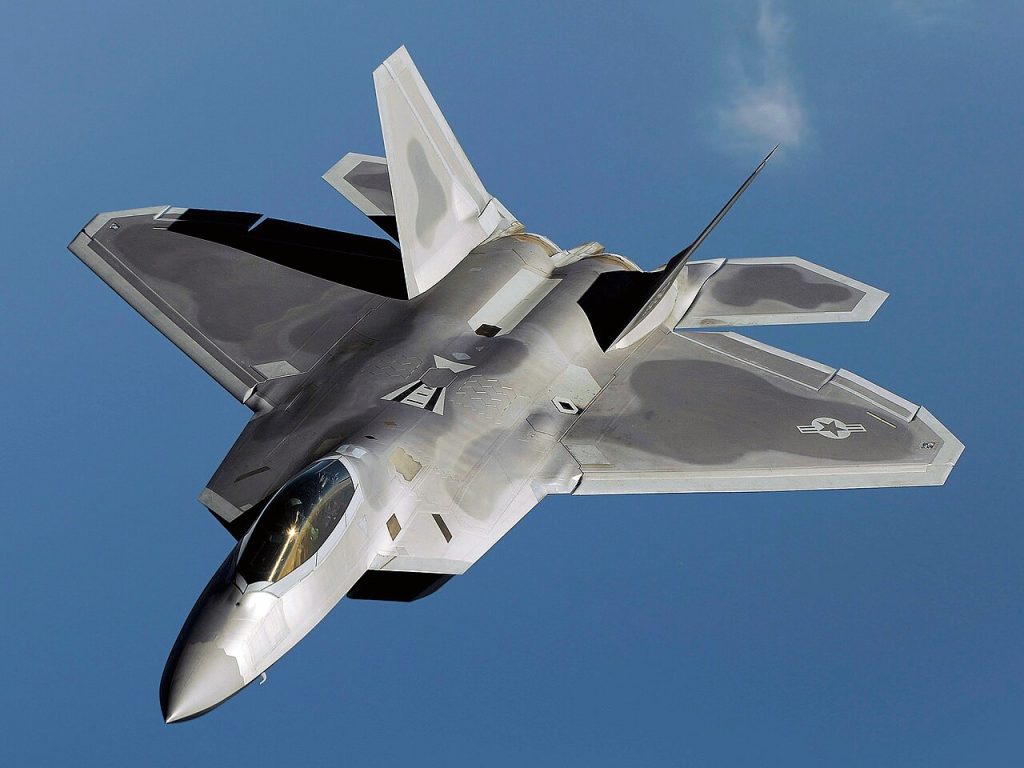
3. Performance Insights That Informed the F-22
Zuyev’s debriefings detailed the MiG-29’s strengthsagility, thrust-to-weight ratio, and close-range missile cueingas well as its weaknesses, including limited range and high maintenance demands. Analysts argue this intelligence was “likely” used in designing the F-22 Raptor, blending speed, stealth, and maneuverability to outperform the Fulcrum. The resemblance between the rear fuselage of the F-22 and the MiG-29 hints at possible aerodynamic lessons drawn from Zuyev’s disclosures.

4. Soviet Pilot Training and Tactics
Zuyev described Soviet air doctrine built around ground-controlled intercepts, where pilots acted as executors of instructions rather than autonomous tacticians. He explained vectoring methods, angles of approach, and engagement speeds, providing NATO pilots with valuable insight into how Soviet fighters would enter and fight in an aerial engagement. These lessons became part of Western training syllabi for years.

5. Life Inside a Soviet Air Regiment
Daily routines began with political indoctrination, followed by technical training and flying exercises. Pilots enjoyed food ration number five, the best in the armed forces, including 400 grams of meat per day, but were subject to relentless inspections and precision parade drills. Morale varied, with privileges sharply stratified by rankcolonels and generals lived in comfort, while junior officers navigated cramped quarters and strict discipline.

6. Cracks in Morale and Discipline
The defection highlighted morale issues within the Soviet Air Force. Zuyev’s willingness to risk execution reflected disillusionment among some pilots. Soviet military culture demanded Party membership for career advancement, fostering political conformity over merit. Discipline was harshabandoning equipment could mean demotion to the ranks and service in punishment battalions, where survival was rare.

7. The MiG-29’s Cold War Role
Developed in the late 1970s to counter the F-15, the MiG-29 combined twin Klimov RD-33 engines with high agility, making it formidable in dogfights. It was among the first fighters with off-boresight missile capability via helmet-mounted sights. However, its range limitations and analog cockpit placed it behind Western designs in sustained operations.
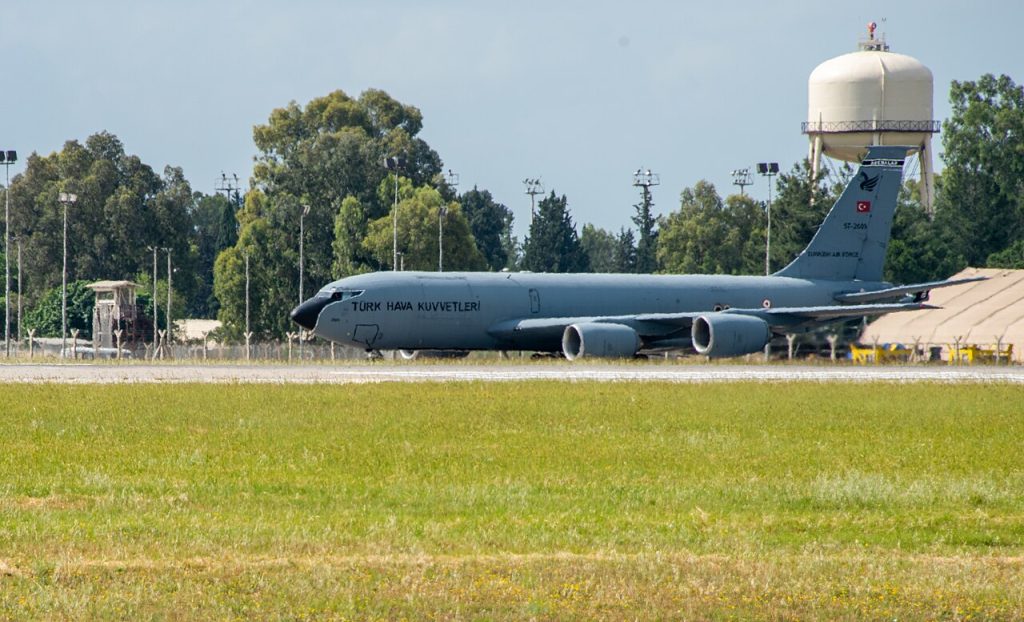
8. Diplomatic Fallout
Moscow demanded Zuyev’s extradition and the return of the aircraft. Turkey quickly agreed to return the jet to maintain good relations, but refused to hand over Zuyev, citing his asylum request. The incident strained Soviet-Turkish ties, yet the intelligence damage was irreversiblethe West had already extracted what it needed from both pilot and plane.
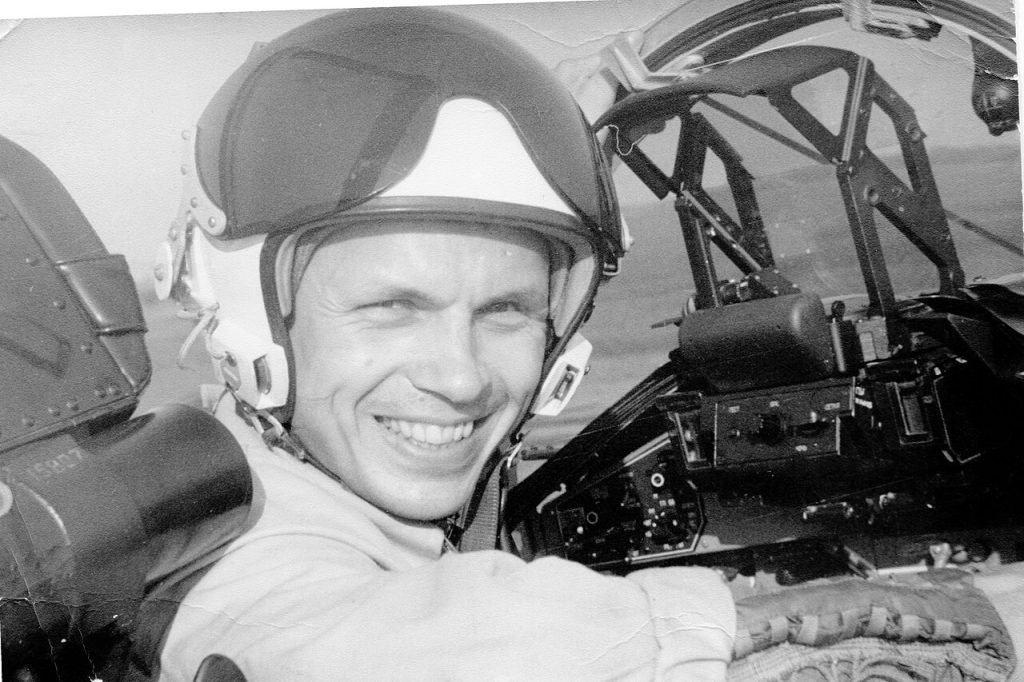
9. Legacy of the Defection
Zuyev settled in San Diego, opened a consulting firm, and authored “Fulcrum: A Top Gun Pilot’s Escape from the Soviet Empire.” His insights influenced not only aircraft design but also NATO’s understanding of Soviet pilot culture. His death in a Yak-52 crash in 2001 ended a remarkable life, but the tactical and technical knowledge he provided continues to echo in Western airpower development.
Aleksandr Zuyev’s flight in a Mach 2.3 MiG-29 was more than a daring escapeit was a turning point in Cold War aerial intelligence. In minutes, he bridged the gap between speculation and hard data, giving NATO a blueprint for countering one of the USSR’s most advanced fighters. His defection underscores how individual actions can ripple through military strategy, altering the trajectory of aircraft design and the doctrines that define air superiority.
